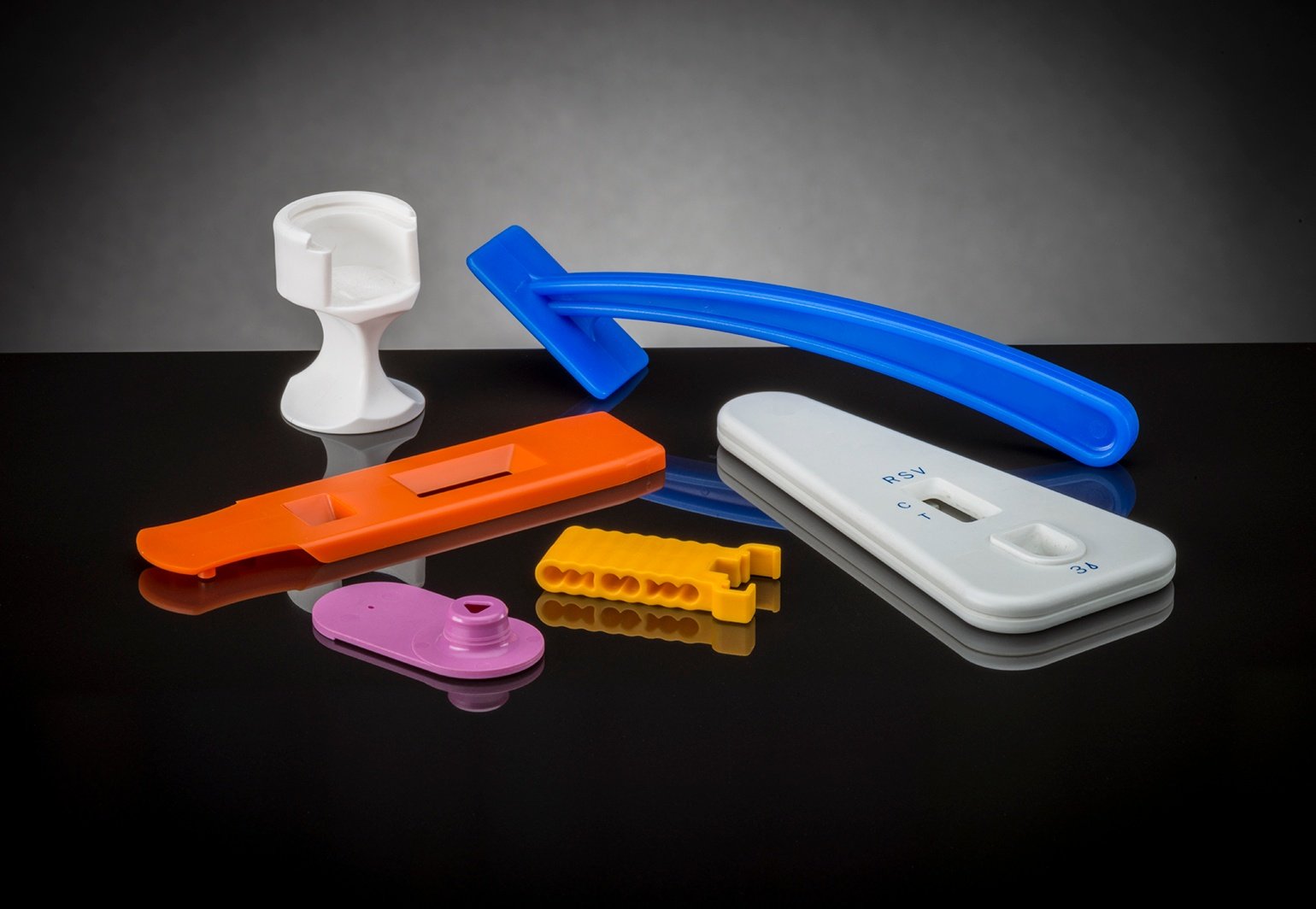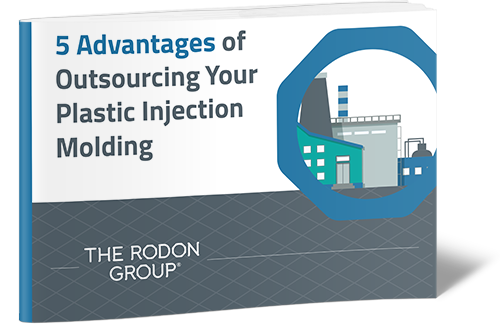Design engineers have various options when choosing a plastic injection molding process to best suit their specific application. Each of the three primary methods — hydraulic, electric, and hybrid — feature unique benefits and drawbacks. To make the right selection for your project, it’s important to have a full understanding of how these methods differ and what they can offer you.
Recent Posts
Ever since its introduction in the late 19th century, plastic injection molding has revolutionized the way we create plastic products. Although the technology has evolved significantly over the years, many injection molds today still fall into two main categories: hot runner and cold runner systems. Each of these systems has their own benefits and limitations which make them better suited for specific applications.
Understanding the differences between these technologies can help you have a more productive and informed discussion with your plastic injection specialist to determine the most feasible option for your unique application.
Custom plastic injection molding of close-tolerance, small parts is an ideal solution for many industries that are looking to produce a high volume of precision quality parts.
Injection molding is by far the most versatile of all molding techniques. The presses used in this process vary in size and are rated based on pressure or tonnage. Larger machines can injection mold car parts. Smaller machines can produce very precise plastic parts for surgical applications. In addition, there are many types of plastic resins and additives that can be used in the injection molding process, increasing its flexibility for designers and engineers.
When looking for a manufacturer that will provide you with quality, savings, and a quick turnaround, it’s essential to consider the location of your facility. While many companies are moving overseas in search of cheaper production and labor costs, it often pays to keep your company based right here in the United States. In fact, there are numerous benefits to choosing a manufacturer based in the United States over those found abroad––, especially in the long run. Below, we discuss seven of the main advantages.
Given the high quality and quick turnaround most organizations require when producing custom plastic components, it’s best to consider working with a full team of injection molding experts. Tackling the challenge in-house often leads to inefficiencies and can result in costly, time-consuming issues despite best efforts to streamline processes.
There are several key elements that are essential for creating the perfect plastic part. At The Rodon Group, our dedicated team of plastic injection molding experts fully understands what it takes to create high-performing, reliable components, and, unlike most other companies, we pride ourselves on being a complete turnkey precision component manufacturer, designing and tooling all parts in-house and carefully overseeing every step of the production process.
Earth Day, observed each year on April 22, serves as a celebration of the birth of the modern environmental movement. Started in 1970, Earth Day was sparked by the country’s burgeoning understanding of how contemporary industrial practices were negatively impacting the environment. The celebration was designed to bring awareness to many of the dangers affecting the environment — air pollution, water contamination, habitat destruction, and so on — and to encourage people to take action in protecting their surroundings.
Plastic injection molding is an extremely versatile method of producing plastic parts and has multiple advantages over other methods of plastic molding. Not only is the process simpler and more reliable than others methods, but it is also extremely efficient.
Let's take a look at the top six advantages of this process:
Injection molding is the most common plastic molding process and is used to create a wide variety of complex parts of different size and shape. Whether it’s an overcap for a water bottle or a vinyl window part being manufactured, injection molding is efficient and economical, especially if high volumes of parts are being produced.


















